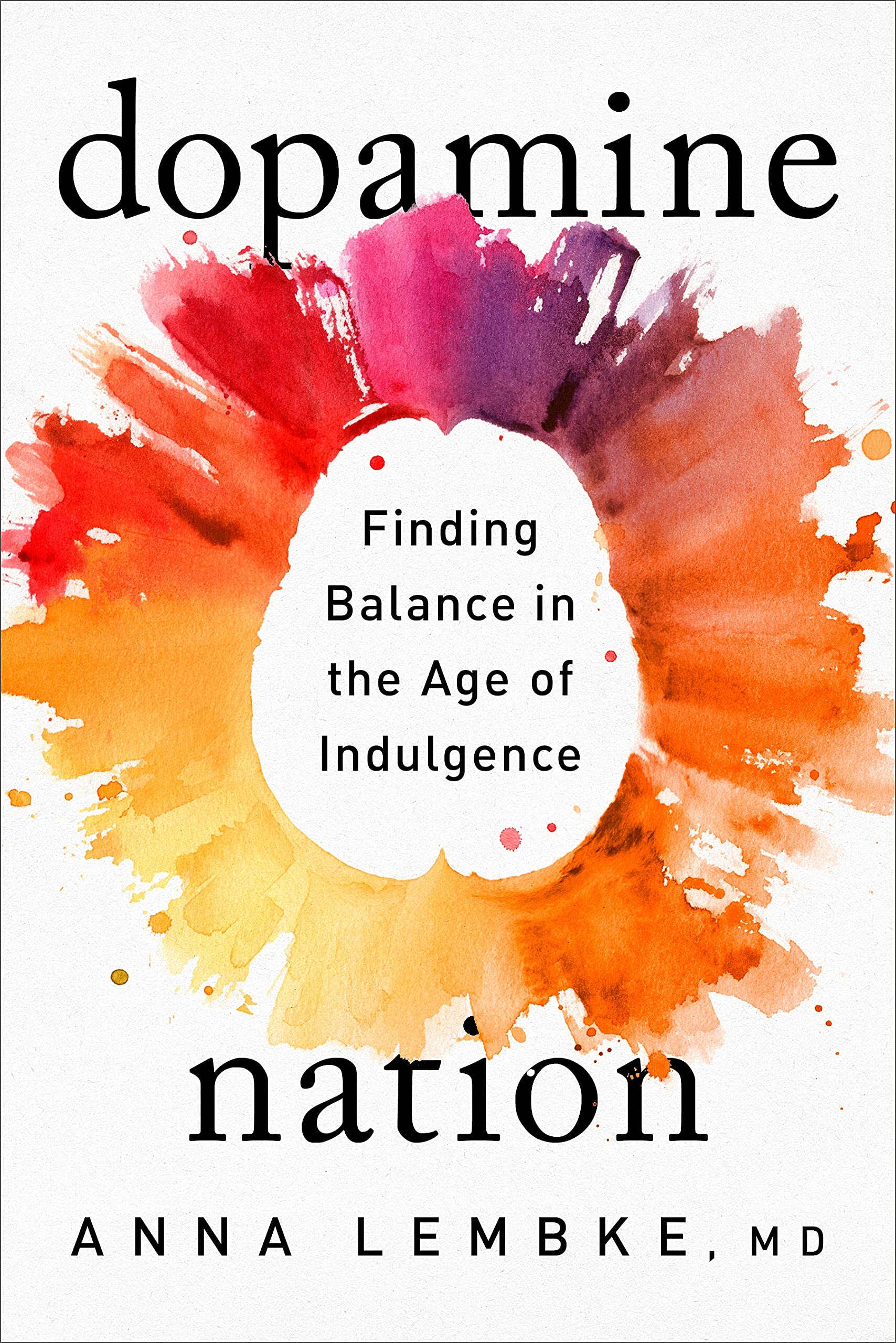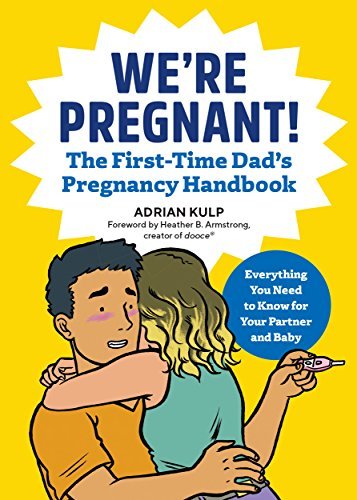Lesson 1. Introduction.
In this book, Oliver Sacks, M.D. compiles several narratives of patients of different neurological disorders. He presents them not as case histories meant for medical scrutiny, but as stories illustrating the effects of the disorder on the life of the individual. This makes the accounts more personal and human.
The following lessons will narrate some of the tales Sacks compiles in his book. They will help us to understand more about the lives of the victims of brain damage, and the ways in which they’ve been able to construct their lives around their disability.
Lesson 2. How brain damage can lead to strange behaviour.
Consider the following scenarios:
- A man mistakes parking meters for children at play, and caresses their ‘heads’. He also mistakes his wife’s head for a hat, and tries to wear it, leading to a lot of commotion.
- A woman lives in constant fear because she believes that someone has left their leg in her bed. In reality, the troublemaker limb belongs to her.
- A man perfectly comprehends body language, facial expressions, and tone, but has no clue about language.
What is common between all these individuals? All are victims of some form of brain damage. Brain damage can have adverse effects on our wellbeing and abilities, irrespective of whether it was caused by a stroke, tumor or inflammation.
For instance, overproduction of the neurotransmitter dopamine results in compulsive twitching, and makes one imitate others, grimace and curse, without being able to stop.
Alcoholism can have many damaging consequences on the brain, one of which is the Korsakow syndrome. This syndrome was named after a Russian psychiatrist and neurologist, who studied alcoholics. This disorder is caused by alcohol-induced damage to the hippocampus. A victim can lose years’ of memories, and is not able to store new ones.
On the other hand, brain damage can have beneficial effects. Mrs K., an 89-year old patient, did not want her symptoms of neurosyphilis to be cured. This was because the cognitive effects of her disease made her feel young, lively and energetic. Her doctor gave her medication that killed the spirochetes, while sparing the cerebral changes.
Brain damage can have bizarre manifestations. Let’s look at some other examples.
Lesson 3. The brain can create its own reality in event of any brain damage.
The brain can conjure up an entirely different reality, in event of memory loss or some other impairment. Sacks
Unlock Knowledge with Wizdom App
Explore a world of insights and wisdom at your fingertips with the Wizdom app.
 1 Million+ App Download
1 Million+ App Download  4.9App Store Rating
4.9App Store Rating 5000+Summaries & Podcasts
5000+Summaries & Podcasts









